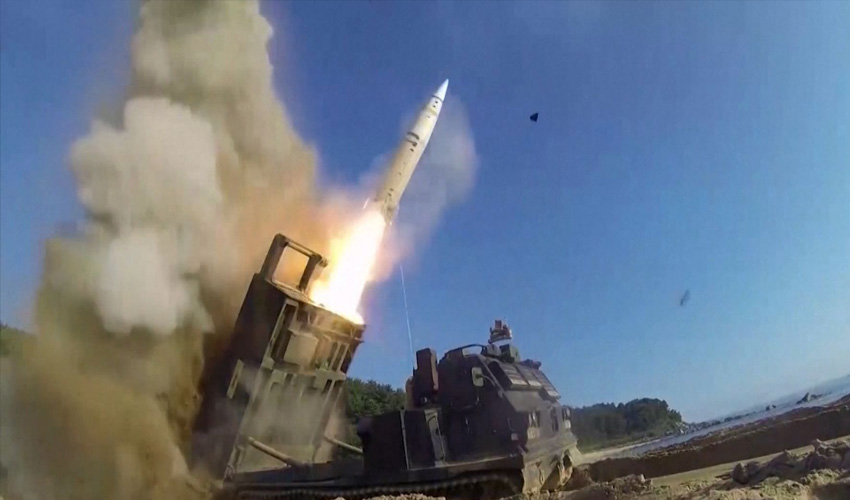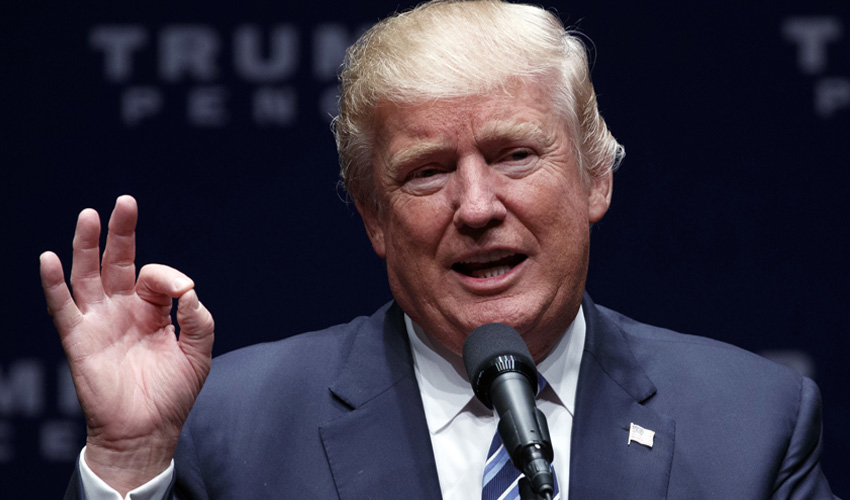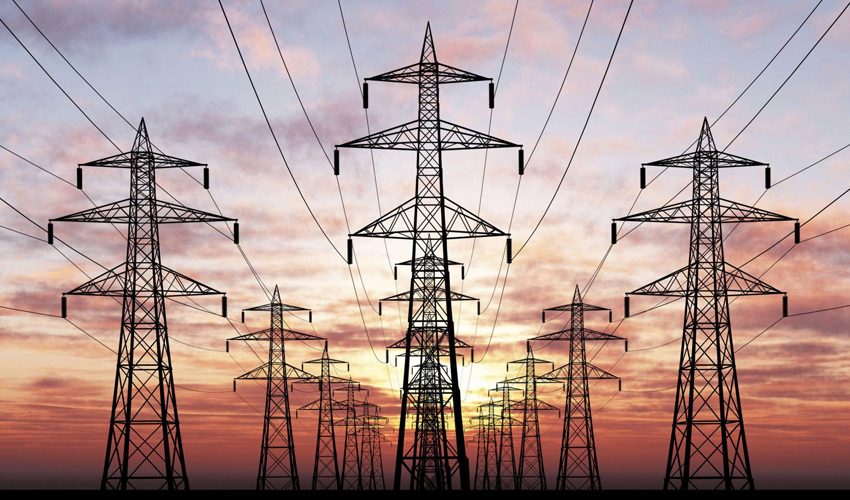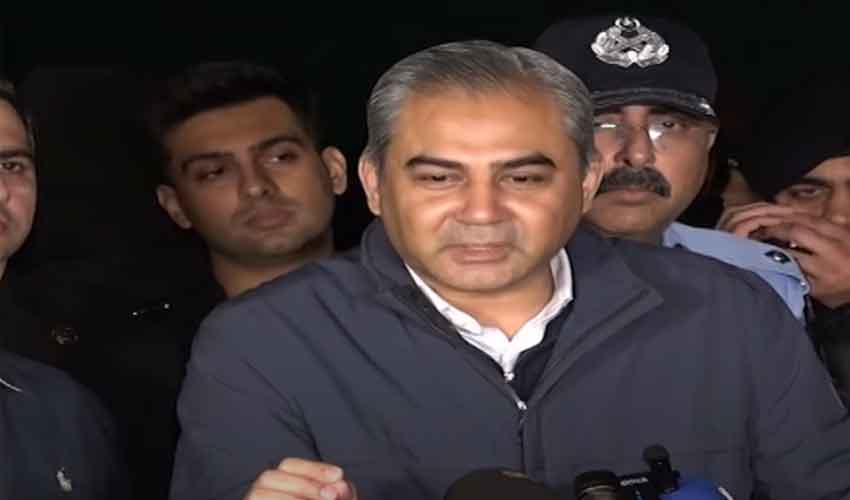Ukraine deployed U.S.-supplied ATACMS missiles to target Russian military sites on Tuesday, marking a significant escalation in the conflict on the war’s 1,000th day.
This development follows the Biden administration’s recent approval to allow Ukraine to use long-range weapons for operations inside Russian territory.
The strikes targeted a military facility in Russia’s Bryansk region, over 110 km from Ukraine. Moscow claimed that its air defence systems intercepted five of the six missiles, with debris from one causing a minor fire at the site. The Russian Defense Ministry reported no casualties or significant damage.
Conversely, Ukraine stated that it hit an arms depot, resulting in secondary explosions. While Kyiv did not officially confirm the use of ATACMS, both a Ukrainian government source and a U.S. official affirmed the deployment of the missiles. According to the U.S., Russia intercepted two of the eight missiles fired during the attack.
Lavrov: “Clear signal of western escalation”
Russia’s Foreign Minister Sergey Lavrov criticized the move, saying the use of ATACMS demonstrates Western intent to escalate the war. Moscow further alleged that the missiles could not be operated without U.S. operational support, which it claims makes Washington a direct participant in the conflict.
These developments come as Russian President Vladimir Putin signed a revised nuclear doctrine on Tuesday, lowering the threshold for nuclear weapon use to include attacks threatening Russia’s territorial integrity. The U.S. dismissed this as a continuation of “irresponsible rhetoric.”
In addition to the missile strikes, Russia reported destroying 42 Ukrainian drones across multiple regions, including 32 in Bryansk, during two hours on Tuesday evening. Ukrainian drones have been a persistent feature of the war, but the scale of the latest deployment was described as unusual.
At the United Nations, Ukraine’s Ambassador Sergiy Kyslytsya reaffirmed the international community’s condemnation of Russia’s annexation of Ukrainian territory. He urged continued resolve to uphold international law, stating that the war’s 1,000th day underscores the need for global unity.
As Ukraine and Russia engage in intensified military actions, the human toll remains staggering. According to the United Nations, over 12,000 civilians have been killed and nearly 27,000 injured since the conflict began. Millions of Ukrainians remain displaced, with the country’s population reduced by a quarter.
Military casualties are similarly heavy, with public Western estimates citing hundreds of thousands of soldiers killed or wounded on both sides.
Ukrainian President Volodymyr Zelenskyy, addressing his parliament, called for sustained efforts to end the war diplomatically within the next year. "It is being decided who will prevail—those who wish to live freely, or those under the rule of a dictator," he declared.
Western support and geopolitical shifts
Despite Ukraine’s reliance on Western support, questions linger as U.S. President-elect Donald Trump prepares to assume office. Trump has criticized extensive U.S. aid to Kyiv, hinting at a potential push for peace talks.
Meanwhile, Denmark announced a new $138 million arms donation to Ukraine, and the U.S. approved a potential $100 million military equipment sale. Military experts, however, remain skeptical about the strategic impact of Ukraine’s use of ATACMS missiles, noting their limited range compared to Russia’s arsenal.
As winter approaches, Russia has renewed its aerial campaign against Ukraine’s energy infrastructure, launching its largest barrage since August. While trench warfare continues to devastate eastern Ukrainian cities, Moscow claims incremental advances, including capturing a settlement on Tuesday.
The war shows no signs of abating, with neither side signaling flexibility on their negotiating positions. Kyiv demands the withdrawal of Russian forces from all occupied territories, while Moscow insists on Ukraine abandoning NATO ambitions and recognizing its annexations.



























